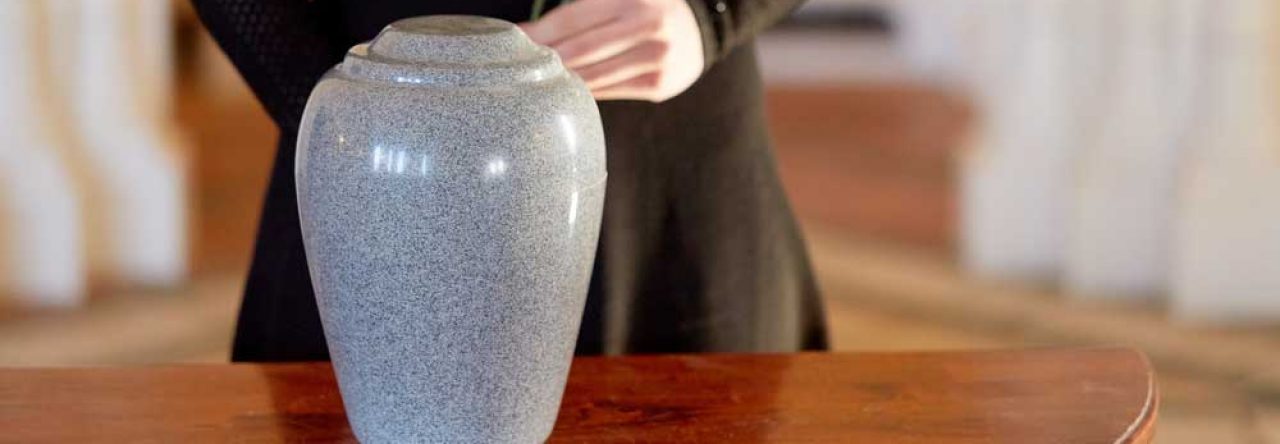
Hydrojetting, also known as high-pressure water jetting, is a powerful and environmentally friendly method of cleaning and clearing blockages in pipes and sewer systems. This technology uses a high-pressure stream of water to remove built-up debris, scale, and other obstructions from pipes, without the need for harsh chemicals or abrasive materials. Not only is hydrojetting a highly effective method of maintaining and restoring the functionality of pipes, but it also offers a range of environmental benefits that make it a preferred choice for many residential and commercial settings.
One of the key environmental benefits of hydrojetting is its ability to reduce the need for harmful chemicals in pipe cleaning and maintenance. Traditional methods of clearing blockages in pipes often involve the use of chemical cleaners that can be damaging to both the environment and human health. These chemicals can leach into the soil and water supply, causing pollution and potentially harming aquatic life. In contrast, hydrojetting relies solely on the power of water to remove blockages, making it a much safer and more environmentally friendly option for pipe cleaning.
Additionally, hydrojetting can help prevent the need for more invasive and environmentally destructive methods of pipe repair. When pipes become clogged with debris and scale, it can lead to issues such as backups, leaks, and corrosion. If left untreated, these problems can escalate and require costly and disruptive repairs, such as pipe replacement or excavation. By regularly using hydrojetting to clean and maintain pipes, property owners can prevent these issues from occurring, reducing the environmental impact of more invasive repair methods.
Another environmental benefit of hydrojetting is its ability to help conserve water. In many cases, blockages in pipes can restrict the flow of water, leading to inefficiencies and waste. By using high-pressure water jetting to clear these blockages, property owners can restore the proper flow of water through their pipes, reducing the amount of water that is wasted. This not only helps to conserve water resources, but it can also lead to cost savings for property owners by reducing their water bills.
Hydrojetting is also a highly sustainable method of pipe maintenance. Unlike some traditional pipe cleaning methods, such as mechanical snaking, hydrojetting does not produce any waste materials that need to be disposed of. The only byproduct of hydrojetting is the debris that is removed from the pipes, which can often be easily flushed away or collected for proper disposal. This makes hydrojetting a much more sustainable option for maintaining pipes and sewer systems, as it minimizes the environmental impact of the cleaning process.
Furthermore, hydrojetting can help improve the overall health and cleanliness of the surrounding environment. Blocked pipes can lead to unpleasant odors, mold growth, and other health hazards that can impact both human health and the environment. By effectively clearing blockages and removing debris from pipes, hydrojetting can help eliminate these potential health risks, creating a safer and healthier environment for residents and wildlife alike.
In conclusion, hydrojetting offers a wide range of environmental benefits that make it a highly sustainable and eco-friendly method of pipe maintenance. From reducing the need for harmful chemicals to conserving water and preventing more invasive repair methods, hydrojetting is a cost-effective and environmentally responsible choice for property owners looking to maintain the health and functionality of their pipes and sewer systems. By investing in regular hydrojetting services, property owners can not only extend the lifespan of their pipes but also contribute to a cleaner, healthier, and more sustainable environment for all.
